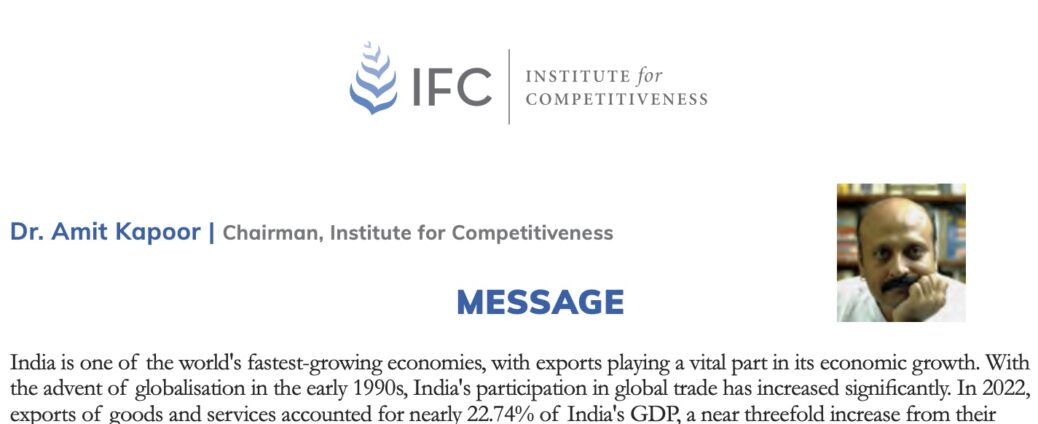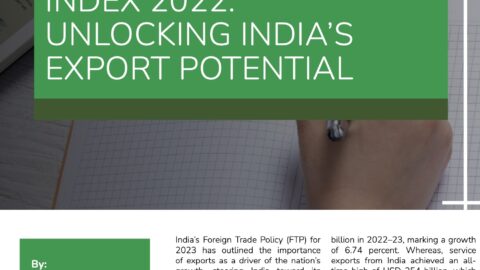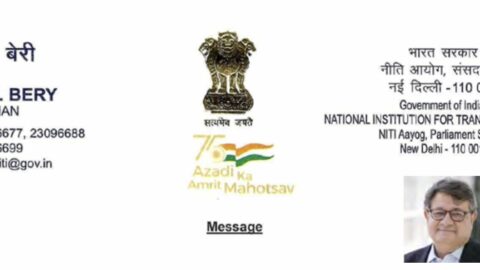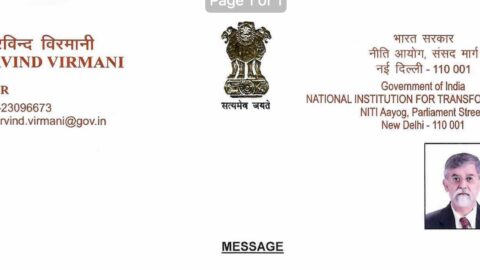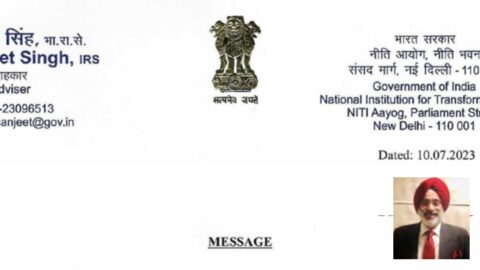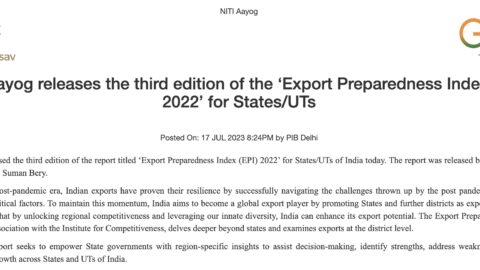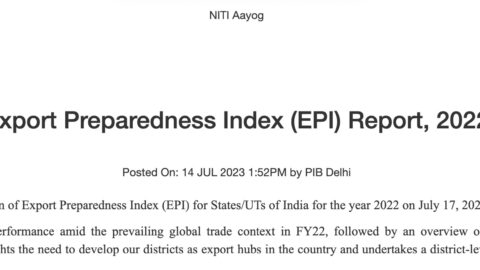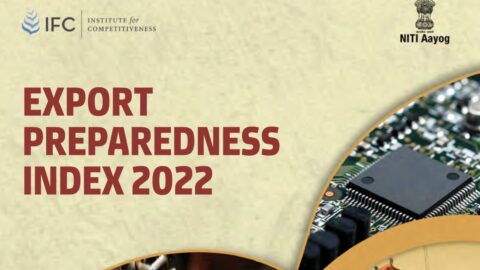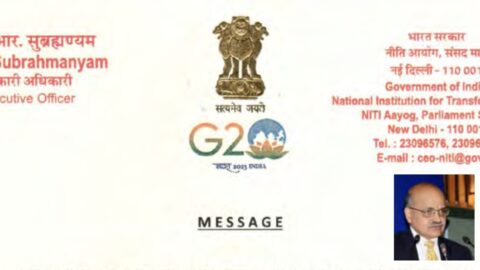Chairman, Institute for Competitiveness
India is one of the world’s fastest-growing economies, with exports playing a vital part in its economic growth. With the advent of globalisation in the early 1990s, India’s participation in global trade has increased significantly. In 2022, exports of goods and services accounted for nearly 22.74% of India’s GDP, a near threefold increase from their 7.05% share in 1990. Increased attempts by the central and state governments to boost the production of goods with diversified profiles, stimulate investment in industries, and discover additional exportable products all contributed to India’s export growth.
While every country has its own circumstances, India stands out given its sheer size, complexity, and internal heterogeneity. The national level exports data that conceals considerable regional variation at the state level. Therefore,continuous evaluation of exports at the subnational level with significant differences at the state and district levels isrequired to address the challenges India’s exports face.
In this context, a data-driven examination of the export landscape is important and more relevant than ever. The Export Preparedness Report is a step in the same direction as it evaluates the states and UTs on the most important key parameters influencing the region’s export preparedness. Recognising the complexities and variations resulting from spatial segregation, the index categorises states based on four categories: coastal, landlocked, Himalayan, and Union Territories/Small States. These categories will aid states and territories in identifying opportunities and best practises that can be adapted to boost their export performance.
The third edition of the Export Preparedness Index (EPI) continues to seek and identify opportunities and obstacles for each state and union territory, as well as recommend context-specific strategies to resolve the heterogeneity at the regional level. This edition of the index strengthened its assessment of indicators and improved its methodology with stakeholder recommendations. The index continues to serve as a benchmark for evaluating the performance of states and union territories and fostering peer-to-peer learning to improve their respective performances.
I am grateful to NITI Aayog for entrusting the Institute for Competitiveness to develop this important body of work. I am grateful to all stakeholders who were involved in preparing this report. With regard to the preparation of this report, I would like to thank Shri Suman Bery, Shri B.V.R. Subrahmanyam, Dr. Arvind Virmani, Shri Sanjeet Singh, and Shri Ishtiyaque Ahmed for their constant backing and guidance. Finally, I would like to thank my team at the Institute for Competitiveness, including Anshul Sharma, Sheen Zutshi, and Teesta Bose.
I am confident that this iteration will likely pave the way for states and UTs to comprehend the obstacles and assist in the development of a road map to promote their exports.

